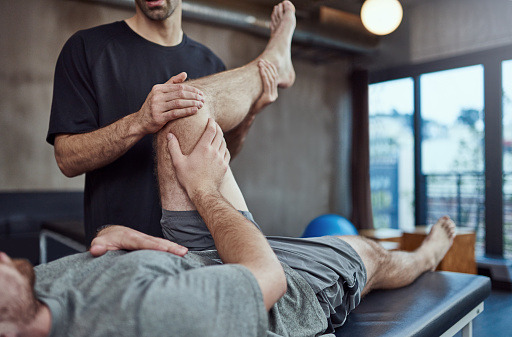Athletes across all disciplines naturally expose themselves to major risks while practicing their favorite activity. Whether it’s a muscle strain, a dislocated shoulder, or the result of a serious injury, this can significantly affect their overall performance and their ability to keep up with their training schedule or partake in competitions altogether. Since pains and injuries are all too common in the realm of sports, no matter how severe, athletes have become experts in the art of pain relief, sharp needle like pain in the knee, management, and rehabilitation.
To help you better understand how they do it, we’ve put together a useful guide with some of the ways pro-athletes deal with body pain effectively and durably.
The PRICE Method
Because of the pressure, they’re put under to continuously excel, many athletes often push their limits and end up suffering from sprains and strains. Fortunately, these common sports injuries can be remedied in a matter of days using the tested and proven PRICE method (protection, rest, ice, compression, elevation), which goes as follows:
- Protection — The affected area is isolated and protected to prevent further damage, typically through some form of support.
- Rest — Be it the wrist, shoulder, knee, or ankle, it’s important to limit physical activity to allow the area to recover properly. Here, using a sling or crutches to walk works to avoid putting weight on the injury.
- Ice — The cold is an effective remedy to help minimize swelling, inner tissue bleeding, and relieve pain and muscle spasms after a sprain. Applying ice packs wrapped in a towel for 15 minutes, every 2 to 3 hours, promotes healing.
- Compression — During the day, the injury is compressed using tight elastic bandages to keep it contained and limit the swelling.
- Elevation — Keeping the injury or area affected above heart level, as much as possible, promotes faster healing and minimizes swelling.
Massage Therapy
Massage therapy has proven quite popular among athletes to help manage sports-related pain and improve performance. It serves to provide relaxation, boost the body’s circulatory, muscular, and skeletal functions, enhance joint flexibility, and reduce spasms and cramping. The experts at https://appliancereviewer.co.uk/what-is-a-massage-gun/ explain that sportsmen and women of all levels can enjoy the benefits of a good massage at home using a massage gun. These handheld devices are widely accessible and can be used to relieve sore muscles and injuries. In any case, be sure to consult specialized reviews for more details on their uses and applications.
Physical Therapy

In a similar vein, physical therapy is a go-to method for those suffering from chronic pain, especially in post-injury rehabilitation. Physical therapy uses an array of exercise, stretching, and manipulation techniques to help the patient regain full mobility, improve range of motion, strengthen the muscles, and alleviate common aches. It’s not uncommon for professional athletes to undergo physiotherapy sessions for injury prevention, too.
Drug Treatment
Just as anyone would pick up some painkillers to treat a pesky headache, athletes also use over-the-counter drugs to mitigate the effects of muscles or joint pain and prevent inflammation of the area. Notably, paracetamol, ibuprofen, and non-steroidal drugs can help tremendously in that regard. That said, a majority of seasoned athletes prefer opting for more natural and holistic healing methods to avoid drug dependency.
Corticosteroid Injections
For those dealing with chronic inflammation of any body part, the doctor or sports physician may prescribe corticosteroid injections as a last resort. Essentially, this steroid-based remedy is injected into the body and is used to treat an array of conditions, including painful joints and muscles, arthritis, sciatica, and multiple sclerosis. Caution is always advised, as corticosteroids may induce side effects such as infection, loss of fat, and thinning of the skin.
Surgical Intervention
Last but not least, severe sports-induced injuries and pains must be treated surgically. That is notably the case for broken or misaligned bones, torn ligaments, tendonitis, or damaged cartilage. In these instances, traditional or drug-based remedies will have very little effect on alleviating symptoms, and the pain will linger so long as the issue is not treated at the root. Because of the invasiveness of these procedures, the recuperation period may last from a few days to several weeks.
All in all, pro athletes are not the kind to ignore their symptoms or wait for them to miraculously dissipate. They are aware that any type of pain or ache, albeit minor, can be the sign of something else that can significantly alter their athletic efficiency and prevent them from performing at their best. From occasional back pain to fractures and dislocations, to each problem its solution!

